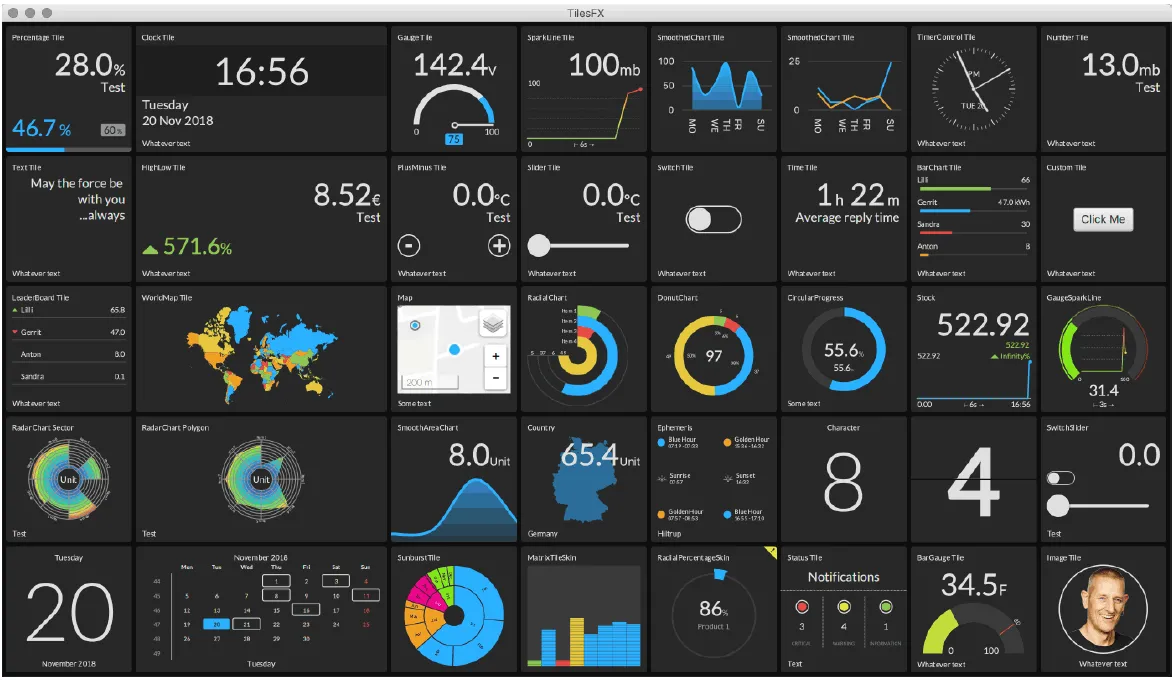Introduction
The Midland MXT500 is a powerful GMRS (General Mobile Radio Service) two-way radio designed for off-roaders, emergency communicators, and outdoor enthusiasts. It offers high power output, clear communication, and dependable performance. While Midland provides official programming software for Windows, many tech enthusiasts want to explore MXT500 Raspberry Pi software options.
Using Raspberry Pi with the MXT500 opens doors for automation, scripting, and custom integrations. This guide explains how the MXT500 works, what role the Raspberry Pi can play, and how users can potentially set up software that communicates with the radio.
Hardware & Software Background
The MXT500 is built with robust features for reliable communication. It comes with 50 watts of transmitting power, a wide selection of GMRS channels, and repeater support. It also includes a USB-C port for both charging and data transfer.
Midland provides official MXT500 programming software for Windows. This software allows users to:
- Update firmware when new versions are released
- Reprogram channel settings
- Modify privacy codes
- Manage repeaters and special functions
However, since the software is not designed for Linux, using it directly on a Raspberry Pi requires some creativity.
Why Use Raspberry Pi with MXT500
Raspberry Pi is a compact and affordable computer that runs on Linux. It can act as a control hub for radios, IoT devices, and automation systems. Pairing the MXT500 with a Pi creates possibilities such as:
- Automating channel updates for multiple radios
- Backing up and restoring radio configurations
- Creating a lightweight, portable programming station
- Integrating the MXT500 into larger systems, such as emergency alert networks
This combination can be especially useful for ham operators, off-road clubs, and emergency preparedness groups.
Feasibility of MXT500 Raspberry Pi Software
When connected to a computer, the MXT500 presents itself as a USB device, usually as a virtual COM port. Windows software communicates through this port to read and write radio settings. On a Raspberry Pi, Linux must be able to recognize the device and establish communication through the same serial interface.
The feasibility of running mxt500 raspberry pi software depends on:
- Driver compatibility: Whether Linux recognizes the USB device as a serial interface.
- Protocol knowledge: The commands exchanged between the official software and the radio.
- Community support: Availability of open-source or third-party tools.
At present, no official Linux software exists, but with programming skills, users can develop scripts in Python or C++ to communicate with the radio.
Tools and Resources
To begin experimenting, users should gather:
- Raspberry Pi (preferably Pi 4 or Pi 5 for better performance)
- A stable power supply
- USB-C cable for data connection
- Installed Raspberry Pi OS (formerly Raspbian)
- Terminal access for testing device recognition
Once connected, you can run the command lsusb or dmesg | grep tty to check if the MXT500 is detected.
Possible Functions of MXT500 Raspberry Pi Software
If a Linux-compatible tool or script is developed, the Raspberry Pi could perform many useful tasks. These include:
- Reading configurations: Extracting current channel setups from the radio.
- Editing channels: Adjusting frequencies, privacy tones, and repeater offsets.
- Writing configurations back: Saving the new channel list to the MXT500.
- Firmware check: Verifying if the radio firmware matches the latest release.
- Automation: Scheduling updates across multiple radios.
Example Table: Comparison of Windows Software vs Raspberry Pi Software
| Feature | Official Windows Software | Raspberry Pi Possibility |
|---|---|---|
| Firmware updates | Supported | Possible with reverse engineering |
| Channel programming | Supported | Achievable via scripts |
| Privacy code management | Supported | Achievable via scripts |
| Multi-radio automation | Not supported | Possible with Pi scripts |
| Open-source customization | Not available | Fully possible on Pi |
This table highlights the potential flexibility of using mxt500 raspberry pi software compared to being restricted to Windows.
Troubleshooting & Common Issues
When trying to integrate the MXT500 with Raspberry Pi, users may face some challenges:
- Radio not recognized: The MXT500 may not show up as a USB device if the cable is charging-only instead of data-capable.
- Firmware mismatch: Attempting to use the wrong programming file can cause errors.
- Driver issues: Some Raspberry Pi distributions may not have the required drivers pre-installed.
- Bricking risks: Writing incorrect commands may freeze or damage the radio software.
A good practice is to back up all configurations before experimenting with new scripts or tools.
Legal and Safety Considerations
Using GMRS radios requires a license in many regions. In the United States, the FCC requires a GMRS license, and all users must comply with frequency and power regulations. Anyone experimenting with mxt500 raspberry pi software should ensure compliance with local laws.
Additionally, radio frequency exposure guidelines must be followed, especially when using high-power transmitters like the MXT500. Proper antenna placement and safe operating distances are critical.
Future of MXT500 Raspberry Pi Software
The future of this integration depends largely on community development. If more enthusiasts share open-source tools, the possibilities expand dramatically. Some future directions could include:
- Web-based interfaces for remote control
- Cloud backups of radio configurations
- Integration with emergency alert systems
- Cross-platform compatibility with other radios
Conclusion
The Midland MXT500 is a reliable GMRS radio with strong capabilities, and pairing it with a Raspberry Pi can unlock exciting possibilities. While official support is currently limited to Windows, enthusiasts are exploring how mxt500 raspberry pi software can bring automation, flexibility, and customization to radio programming.
By combining the strengths of both devices, users can create powerful communication systems tailored to their needs. Whether you are a hobbyist, a prepper, or part of a community radio network, this integration is worth exploring.
Other Articles
Is There Chromebook Software to Program a Midland MXT105?
mseedprocess Software: Complete Guide, Features, and Use Cases














Leave a Reply